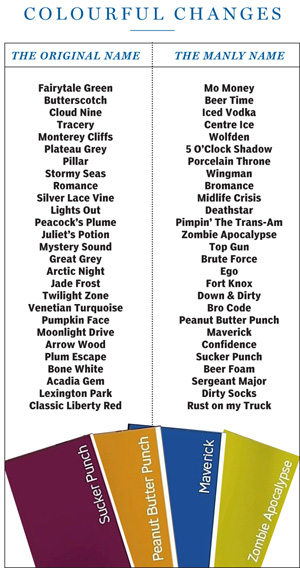When corporate social media goes wrong:
I used to work for an ad agency, and I often had animated discussions with my colleagues about the danger of confusing cause marketing with product marketing. I have always maintained that they are separate disciplines that don’t mix, while many of my colleagues disagreed.
As a society, we have become distressingly pious and self-righteous — and as a natural consequence advertisers wish to capitalize on this instinct. Like my erstwhile colleagues, they see this as an easy path to identifying their product with a strong public sentiment. This is such a bad idea that it merits a blog entry of its own, but what lead me to write today was a satisfyingly spectacular self-immolation by a large American brand that managed to make the wrong choice in just about every decision their communications and marketing teams have made over the past few days.
[. . .]
Worse, Chiquita Brands seemed to forget completely about their Canadian market. It’s easy to underestimate Canada. It’s a little country with a tenth the population of the United States. On the other hand, it’s a terrific export market, and much too accessible and rich to be ignored.
Canadians are understandably touchy about the Oil Sands. The majority of Canadians are very proud of the fact that they’ve transformed the country into an energy superpower by successfully accessing a resource that was considered nearly worthless only a decade ago – and they have done this with unprecedented care, investing billions of dollars in developing new technologies to protect the environment. Canadians are also very proud of the fact that they are the only net exporter of oil that is a liberal democracy and respects human rights. They’ve even coined the phrase “ethical oil” to describe their unique approach to oil production.
What Chiquita Brands succeeded in doing with their announcement was to make millions of Canadian consumers very unhappy. People who couldn’t have told you on Monday morning what brand of bananas they bought were determined by Thursday afternoon that it wouldn’t be Chiquita. Worse yet, hundreds of consumers decided to make their feelings known by commenting on the Chiquita Bananas Facebook page. And this is where Chiquita’s marketing and communications team took one bad decision and turned it into a disaster
H/T to Five Feet of Fury for the links.

 Stunningly Stupid … and if you happened into the LCBO this past weekend you might have noticed a cartoon-style label on a bottle of Bombing Range Red with a red sticker adorning a certain part of the label. For those who were curious and intrepid enough to remove the sticker, expecting to find profanity or nudity you were disappointed to find a glass of red wine that (with the right amount of imagination) might have resembled a bomb — or at least a glass with a bomb-style fuse. Is this a case of political correctness gone amok? Or is the LCBO afraid we’ll get bombed upon seeing the sight? Personally I am stunned at what the higher ups at the LCBO find offensive or what they think we are too … I don’t know … childish, immature, delicate (you pick your word) to see? As it turns out the truth is even more stunningly stupid then I originally thought. It was ordered to be applied by the LCBO Quality Assurance Department, because the pilot is holding a glass of wine and as part of the LCBO’s social responsibility function they don’t want to give you the impression that it is a responsible action to drink and fly … So instead of taking it as the cartoonish fun that it is, the LCBO has to go and ruin it; but the last laugh is on the Board, because anyone worth their salt will be peeling that sticker off post-haste with a “why the f**k did they cover that” question on their face and on their lips. Thanks for being there to save me LCBO, from the evils that men do.
Stunningly Stupid … and if you happened into the LCBO this past weekend you might have noticed a cartoon-style label on a bottle of Bombing Range Red with a red sticker adorning a certain part of the label. For those who were curious and intrepid enough to remove the sticker, expecting to find profanity or nudity you were disappointed to find a glass of red wine that (with the right amount of imagination) might have resembled a bomb — or at least a glass with a bomb-style fuse. Is this a case of political correctness gone amok? Or is the LCBO afraid we’ll get bombed upon seeing the sight? Personally I am stunned at what the higher ups at the LCBO find offensive or what they think we are too … I don’t know … childish, immature, delicate (you pick your word) to see? As it turns out the truth is even more stunningly stupid then I originally thought. It was ordered to be applied by the LCBO Quality Assurance Department, because the pilot is holding a glass of wine and as part of the LCBO’s social responsibility function they don’t want to give you the impression that it is a responsible action to drink and fly … So instead of taking it as the cartoonish fun that it is, the LCBO has to go and ruin it; but the last laugh is on the Board, because anyone worth their salt will be peeling that sticker off post-haste with a “why the f**k did they cover that” question on their face and on their lips. Thanks for being there to save me LCBO, from the evils that men do. Real men don’t paint their basements in Butterscotch Tempest. They colour the walls with Beer Time.
Real men don’t paint their basements in Butterscotch Tempest. They colour the walls with Beer Time.

